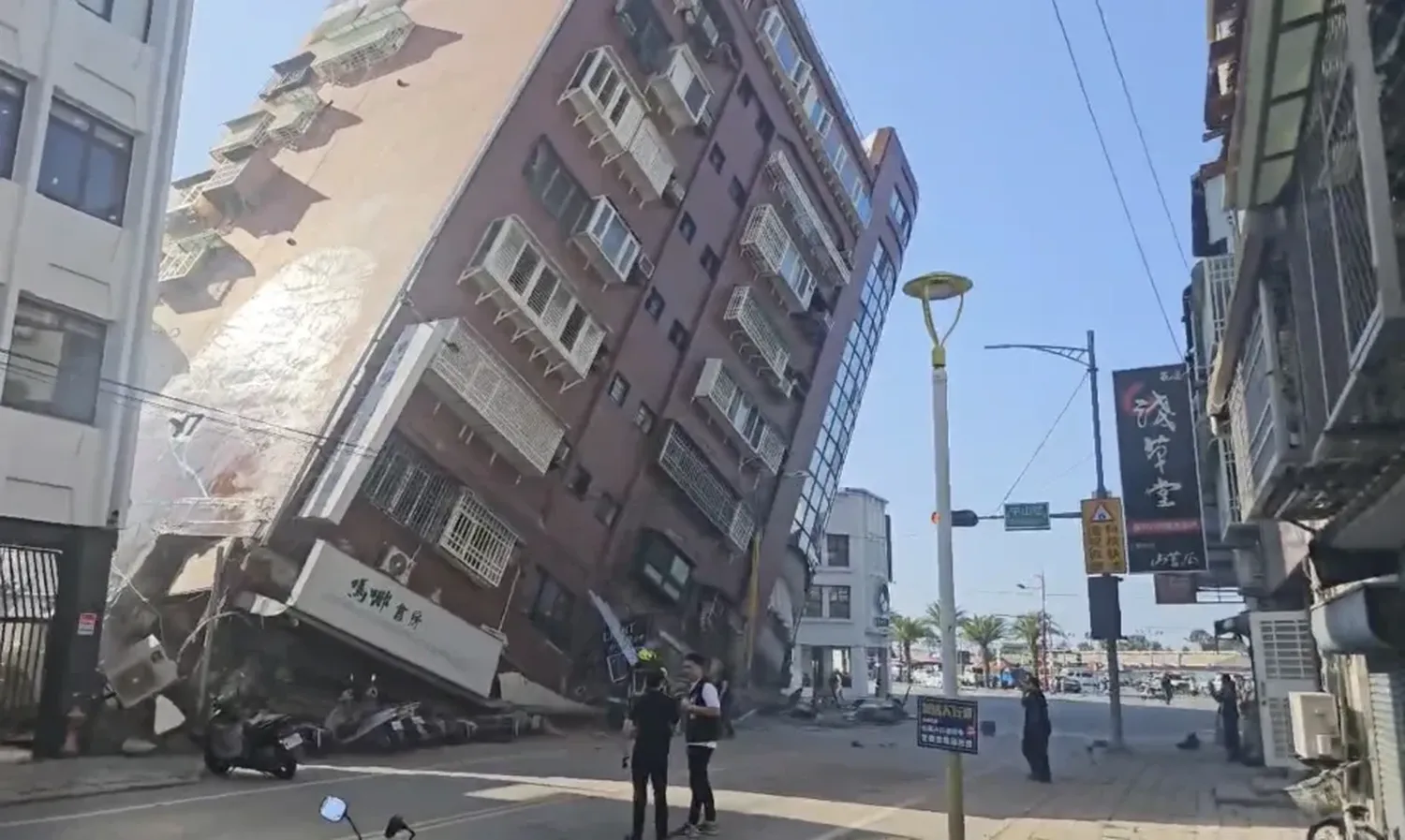Natural Disaster
Taiwan Crisis: 7.2 Earthquake and Tsunami Shocks Southern Islands
In the early hours of Wednesday, a powerful earthquake struck off the coast of Taiwan, sending shockwaves across the entire island and causing significant damage to buildings, infrastructure, and prompting a tsunami alert that extended to neighboring countries. The seismic event, described as the strongest to hit Taiwan in 25 years, has put the region on high alert, with emergency services working tirelessly to assess the full extent of the damage and to ensure the safety of the island's residents.
The earthquake, with a magnitude initially reported by Taiwan's earthquake monitoring agency as 7.2 and later adjusted by the U.S. Geological Survey to 7.4, occurred at 7:58 a.m. local time. Its epicenter was located approximately 18 kilometers south of the coastal city of Hualien, a region known for its picturesque landscapes and as a popular tourist destination. The quake was relatively shallow, with a depth of about 35 kilometers, which amplified its impact on the surface.
In Hualien, television footage and social media posts depicted scenes of chaos as buildings were seen shaken off their foundations, with some collapsing entirely. The damage was not confined to Hualien; in Taipei, the capital city located nearly 96 miles northwest of the epicenter, residents experienced strong tremors that knocked out power in several parts of the city. The quake's force was powerful enough to cause structural damage to buildings, with tiles falling from older constructions and disruptions reported within newer office complexes.
The earthquake's aftermath saw the suspension of train and subway services across the island, affecting the daily commute and leaving many stranded. Schools and businesses were also impacted, with evacuations taking place in several areas as a precautionary measure.
In response to the seismic event, Japan issued a tsunami alert for its southern island group of Okinawa, forecasting waves of up to 9.8 feet. The Japan Meteorological Agency later reported that the first wave of the tsunami had already arrived on the coasts of Miyako and Yaeyama islands, approximately half an hour after the quake. The Philippines and China also issued tsunami warnings, urging coastal residents to evacuate to higher ground as a precaution.
The earthquake prompted a swift response from Taiwan's government, with President Tsai Ing-wen expressing condolences to those affected and assuring that all necessary measures were being taken to respond to the disaster. Emergency services were deployed across the island to conduct search and rescue operations, assess the damage, and provide assistance to those in need.
This seismic event is a stark reminder of Taiwan's vulnerability to natural disasters, situated as it is on the Pacific "Ring of Fire," an area with a high frequency of earthquakes and volcanic activity. The island has a history of devastating earthquakes, including the 1999 Chi-Chi earthquake, which resulted in significant loss of life and property.
As Taiwan grapples with the aftermath of this latest earthquake, the international community has expressed solidarity with the island, offering support and assistance. The event underscores the importance of disaster preparedness and resilience in the face of nature's unpredictability.
In the coming days, as the full impact of the earthquake becomes clearer, Taiwan's focus will be on recovery and rebuilding, with the hope of emerging stronger and more prepared for future challenges. The resilience of the Taiwanese people, tested time and again by natural disasters, will once again be called upon as they work together to overcome the effects of this powerful earthquake.

